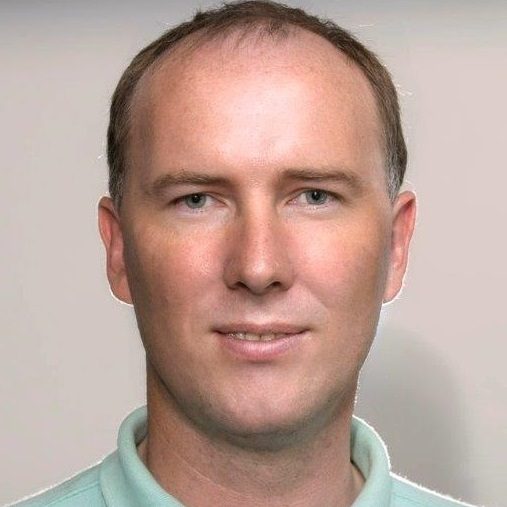Increased range of ultrasonic guided wave testing of overhead transmission line cables using dispersion compensation
BibTeX
Overhead Transmission Line (OVTL) cables can experience structural defects and are, therefore, inspected using Non-Destructive Testing (NDT) techniques. Ultrasonic Guided Waves (UGW) is one NDT technique that has been investigated for inspection of these cables. For practical use, it is desirable to be able to inspect as long a section of cable as possible from a single location. This paper investigates increasing the UGW inspection range on Aluminium Conductor Steel Reinforced (ACSR) cables by compensating for dispersion using dispersion curve data. For ACSR cables, it was considered to be difficult to obtain accurate dispersion curves using modelling due to the complex geometry and unknown coupling between wire strands. Group velocity dispersion curves were, therefore, measured experimentally on an untensioned, 26.5 m long cable and a method of calculating theoretical dispersion curves was obtained. Attenuation and dispersion compensation were then performed for a broadband Maximum Length Sequence (MLS) excitation signal. An increase in the Signal to Noise Ratio (SNR) of about 4–8 dB compared to that of the dispersed signal was obtained. However, the main benefit was the increased ability to resolve the individual echoes from the end of the cable and an introduced defect in the form of a cut, which was 7 to at least 13 dB greater than that of the dispersed signal. Five echoes were able to be clearly detected using MLS excitation signal, indicating the potential for an inspection range of up to 130 m in each direction. To the best of the authors’ knowledge, this is the longest inspection range for ACSR cables reported in the literature, where typically cables, which were only one or two meter long, have been investigated previously. Narrow band tone burst and Hann windowed tone burst excitation signal also showed increased SNR and ability to resolve closely spaced echoes.

